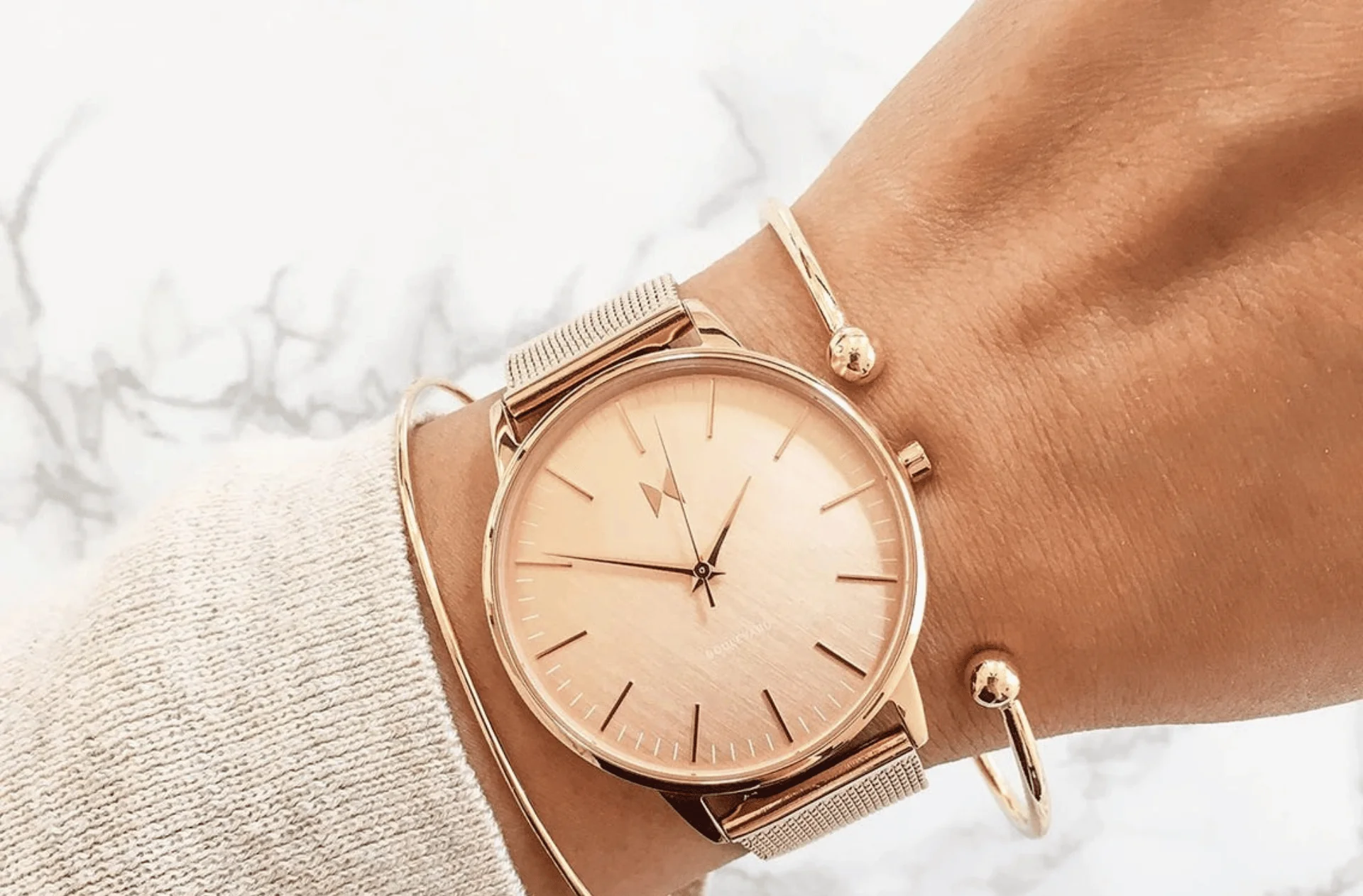The Development of Waterproof Watches: A Dive into Innovation
Waterproof watches have come a long way since their inception, driven by the need for timepieces that could withstand the elements and perform reliably in aquatic environments. The evolution of waterproof watches reflects advancements in technology, design, and materials. Here’s a deep dive into the development of waterproof watches and the innovations that have shaped their history.
1. The Early Challenges
- Origins: Early watches, whether pocket or wristwatches, were not designed to be water-resistant. Exposure to water was a significant concern, often leading to damage and malfunction.
- Initial Attempts: Before the advent of true waterproof watches, some early attempts at water resistance involved simple modifications like sealed cases and protective covers. These were rudimentary and often limited in effectiveness.
2. The Birth of True Waterproof Technology
- 1910s Innovation: The first major breakthrough in waterproof watches came with the development of the Hermès “Cratère” watch in the early 20th century, which featured a sealed case and screw-down crown to improve water resistance.
- Rolex Oyster: In 1926, Rolex introduced the Oyster, the world’s first waterproof wristwatch. It featured a hermetically sealed case and a screw-down crown, setting a new standard for water resistance in wristwatches. This innovation proved its effectiveness when Mercedes Gleitze wore an Oyster during her swim across the English Channel in 1927, demonstrating its durability.
3. The Rise of Dive Watches
- 1950s Advances: The 1950s saw the emergence of specialized dive watches designed for professional underwater use. These watches needed to withstand high pressure and remain readable in dark environments.
- Key Models:
- Rolex Submariner (1953): Introduced as a professional dive watch, the Submariner featured a rotating bezel for tracking dive time and a robust case designed to handle underwater pressure.
- Omega Seamaster 300 (1957): Another iconic dive watch, the Seamaster 300, offered exceptional water resistance and visibility, becoming a favorite among divers and explorers.
4. Innovations in Waterproof Technology
- Screw-Down Crowns and Pushers: Modern waterproof watches often incorporate screw-down crowns and pushers to enhance water resistance. These features prevent water from entering the watch through the crown and pushers.
- Gaskets and Seals: The use of high-quality gaskets and seals has become standard in waterproof watches. These components create a watertight barrier, protecting the internal movement from moisture.
- Case Materials: Advances in materials, such as stainless steel, titanium, and ceramics, have improved the durability and water resistance of watch cases. These materials are more resistant to corrosion and pressure.
5. Technological Advancements
- Quartz Technology: The introduction of quartz movements contributed to the development of waterproof watches by providing reliable timekeeping with minimal maintenance.
- Smartwatches: Modern smartwatches also feature water resistance, combining advanced technology with durability. They are designed to withstand exposure to water while offering a range of digital functionalities.
6. Testing and Standards
- ISO Standards: The International Organization for Standardization (ISO) established standards for water resistance in watches, such as ISO 2281 for general water resistance and ISO 6425 for dive watches. These standards ensure that watches meet specific criteria for water resistance and durability.
- Testing Procedures: Watches undergo rigorous testing to verify their water resistance, including pressure tests and exposure to various conditions to simulate real-world scenarios.
7. The Future of Waterproof Watches
- Enhanced Materials: Future developments may include even more advanced materials and coatings to improve water resistance and overall durability.
- Innovative Designs: Ongoing innovations in watch design will continue to enhance the functionality and aesthetics of waterproof watches, catering to both professional and recreational divers.
Final Thoughts
The development of waterproof watches represents a significant achievement in the history of horology, driven by the need for reliability and durability in aquatic environments. From the early attempts at water resistance to the advanced dive watches of today, innovation has played a crucial role in shaping the evolution of waterproof technology. As technology continues to advance, the future of waterproof watches promises even greater performance and functionality, ensuring that these timepieces remain at the forefront of both design and innovation.



